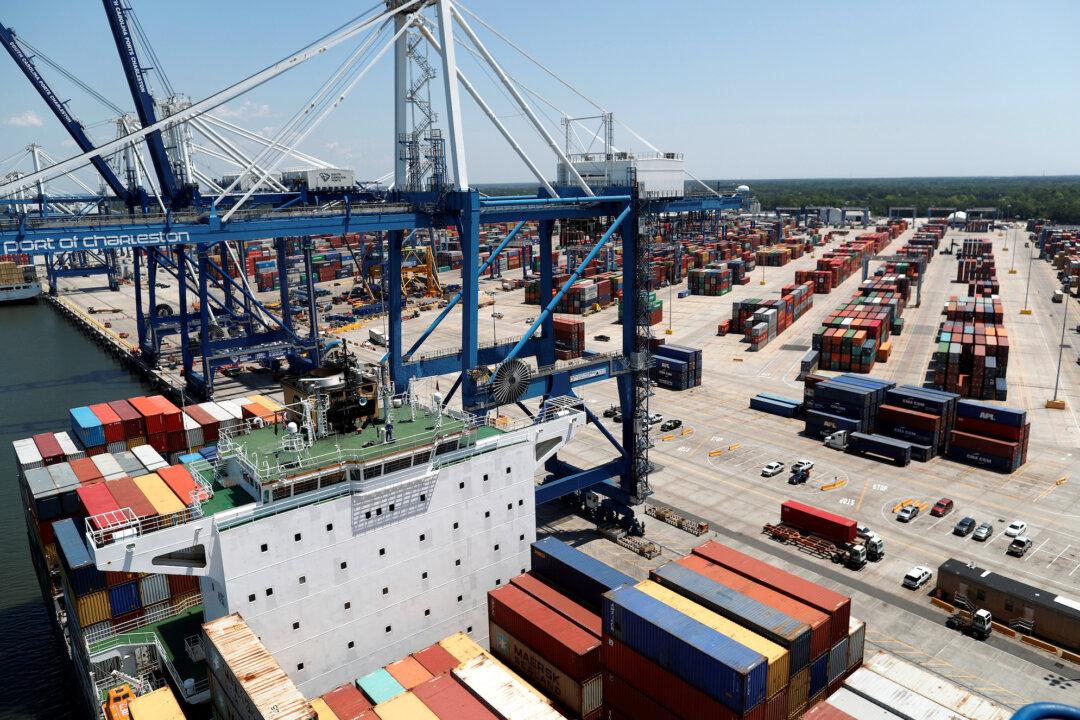U.S. orders of durable goods—products designed to last at least three years—rebounded by 2.4 percent in December 2019, driven by a boost in military spending, data released by the Commerce Department on Jan. 28 shows.
Demand for military equipment surged in December after Congress passed funding bills that included a boost in defense spending, with the Commerce Department figures showing orders for defense capital goods up 90.2 percent month-over-month.





